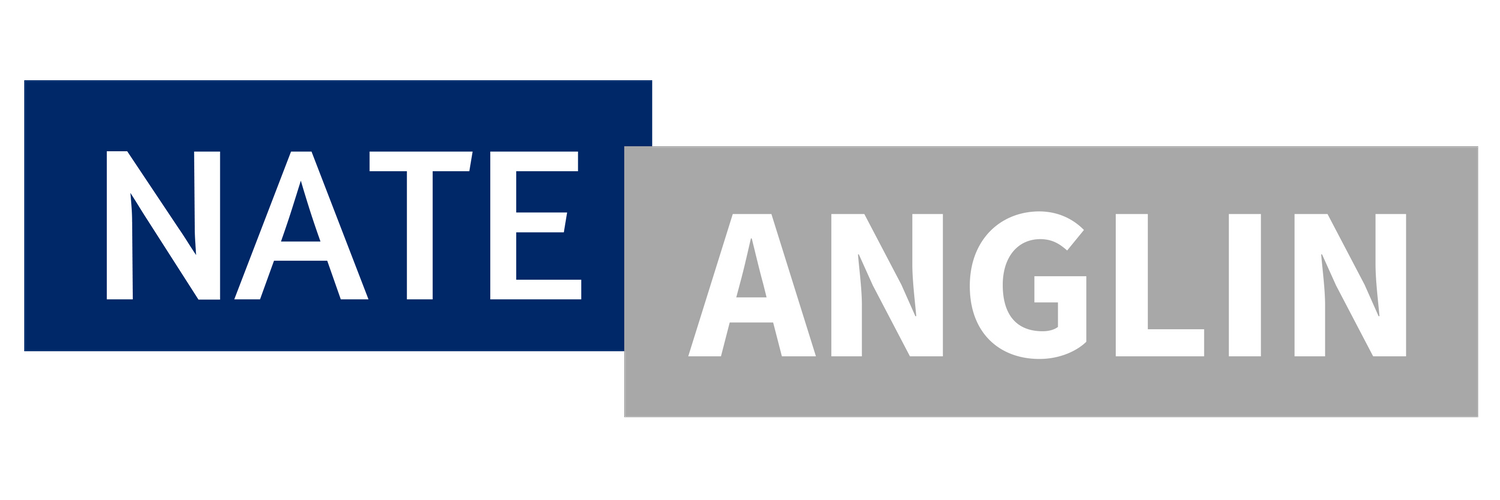How To Write An Email That Gets Opened And Read
Email is the preferred choice for many professionals, which is why developing your email writing skills is critical in building your communication skills.
If no one reads your emails, or even worse, responds to them, what's the point?
It's a waste of time.
According to The Radicati Group's email statistics report,
"In 2016, the number of business and consumer emails sent and received per day will total over 215.3 billion. And that's expected to grow at an average annual rate of 4.6% over the next four years, reaching over 257.7 billion by the end of 2020."
There are massive amounts of junk hitting our email inboxes. It's safe to say, the majority of the email you send is junk as well.
You're not bad at writing emails; you just rush to push send.
Blaise Pascal, the mathematician, and physicist, famously said,
"I have only made this letter longer because I have not had the time to make it shorter."
It's easy to dump a pile of words in your email composer and hit send. There's no thought behind it. No purpose. No formatting.
It's a giant block of text, ugly and hard to read.
Most people will delete it.
If you want to develop your email writing skills, start with why you're writing the email.
We send emails because it's easy and convenient. It's rare when there's a purpose behind the email.
Sure, you have something to say, but you don't think about what you're sending the other person---or how it'll take up space in their inbox.
You're sending an email, without understanding why or whom you're sending it too.
It's I-have-something-to-say-so-I'll-send-it-via-email-syndrom.
What's In It For Me (WIIFM)?
You first need to understand the acronym, WIIFM (that almost sounds like a sneeze when you read it fast).
When you send an email, WIIFM? What's in it for the person you're sending the email to? Why should they read and take action on it?
Email is best delivered when it's recapping a discussion that occurred, a quick update, or asking a simple question.
Complex conversations should NEVER occur in written form.
Understand this before you click send. If you know what's in it for them, you'll get a reply.
Master writing concise subject lines.
If I knocked on your door and didn't introduce myself, would you open it? I hope not.
The same is true for email.
The subject line is what the recipient sees first. It gives them a glimpse into what they can expect from your email.
Here are a few horrible email subject lines:
Meeting Minutes
Check this out
FW: Random forward without explanation
I need your help!
Your product name
Look familiar?
These subject lines are hideous, vague, and give no thought to the recipient.
The subject line is a great place to start if you want to get better at your email writing skills.
Make your subject lines clear, concise, and short.
These subject lines are better:
Leadership Meeting Minutes from April 26.
Client Discussion - It'll Take 5 Min. 3 pm?
What's the status of x?
Contract decision meeting - read these resources prior.
Prep. work for the Q3 planning session
The subject line doesn't have to be complicated. Just clear and concise.
Don't make people guess what you want.
A discussion on writing, without grammar, is a sin.
When you write emails, you want to make sure there are no typos, and you don't sound like a blabbering dope.
Typos hurt your credibility. They make it seem like you don't care.
Editing emails is a must, and you don't need to have a Ph.D. in English.
All you need is a simple editing tool like Grammarly. This tool helps you edit misspelled words, write clear sentences, and grades your email on its readability.
If you don't have this tool, get it. It installs into your email composer and will help you with your email writing skills.
Tighten up your body copy.
The body of your email is a chance to quickly explain what your title couldn't.
Like the title, your body needs to be clear and concise, and ideally less than six sentences.
A huge mistake people make when sending an email is they include everything they're thinking. It's hard to read—a giant block of text.
Formatting plays a vital role. Create white space. Use bullets/numbers, bold essential points, and underline headers.
Example 1
"Hi Jane,
Do you have 15-minutes tomorrow to review some ideas I have for our proposal on Thursday?
Here are the ideas to review before we discuss in detail:
Idea 1
Idea 2
Idea 3
Just let me know what day works for you,
Nate Anglin"
Example 2
"Jane,
Do you have 10-minutes at 1 pm for a quick call on the manufacturing issue?
Here are three possible solutions I propose:
Solution 1
Solution 2
Solution 3
We can review and discuss the most viable option on the phone.
Please let me know if 1 pm works for you,
Nate Anglin"
Use this template as a resource to better your email writing skills.
Subject Line: write a short and specific subject line.
Greetings: greet the recipient.
Lead sentence: the first sentence is the only sentence they need to read. Ask your question, make a statement, whatever you do, put the most critical point in the beginning. Some people won't read the entire email.
Brief Details: Add all other details following your lead sentence. This is where you'll quickly explain what your lead sentence is about.
Salutation: your salutation should follow your lead sentences call-to-action.
The importance of a call-to-action.
What's your call to action?
Does the recipient need to reply? Do they need to do something? Is your email just an FYI?
Regardless of your answers to these questions, every email needs a call to action.
The call-to-action is the purpose of your lead sentence.
Some good call-to-actions are:
What are your thoughts on our proposal?
Please send me the client file by 3 pm on Tuesday.
Which day can you discuss three ideas for (x), either Tuesday or Friday, at 6 pm?
I wanted to send this your way, so you're on the same page for our meeting. No reply needed.
As my previous example showed, you can reconfirm your call to action as your salutation.
Don't forget to follow-up.
No one follows up with emails. It's neglect at it's finest.
If you send an email and need a reply, but don't get one, what do you do?
You follow-up!
The problem with following up is remembering.
Use technology to help you. There's a function right within Gmail. Or, just write it down on a piece of paper and title the page, FOLLOW-UPS.
Email isn't going anywhere, but the mess in people's inbox is getting worse.
Be the person people want to open an email from.
P.S. If you don’t yet have Grammarly, it’s a no-brainer to savvy up your communication skills. It does most of the editing work for you. Try it out.
Disclaimer: Some links in this post are affiliate links. If you click through and pay for a service, I’ll be compensated at no cost to you. I only recommend services I use myself. See my full disclaimer.








